BE-AWARE II
One of the strategic aims of the Bonn Agreement Action Plan 2013-2016 is to ensure the organisation of optimum response capacities for oil pollution.
The further development of response capacities should also be based on risk assessments, gap analysis and regional and sub-regional approaches. Therefore it is essential to assess the alternatives to ensure that investments in future response and risk reducing technologies deliver the optimal effect at the regional and sub-regional scale.
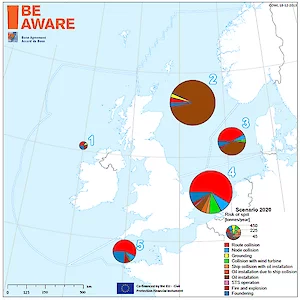
The BE-AWARE I project, which ran from 2012-2014, laid the ground for this analysis by assessing the risk of oil pollution both now (2011) and in the future (2020) as well as the likely size of any spills. However in order to assess which methods and technologies would be most effective in reducing and responding to oil pollution further analysis was required.
BE-AWARE II therefore modelled the outflow of oil from the spills predicted in BE-AWARE I for ten different response or risk reducing scenarios, taking into consideration the hydrodynamics of the North Sea region. This was combined with an analysis of the environmental and socioeconomic vulnerability of the region to assess the impact of the different scenarios. Based upon these, and the cost of implementing the measures, risk management conclusions were developed for each of the five project sub-regions.
The project was a two-year initiative (2013-2015), co-financed by the European Union (DG ECHO), with participation from the Bonn Agreement Secretariat, Belgium, Denmark, France, the Netherlands, Norway, Sweden and the United Kingdom, and co-financing from Ireland and Germany.
Inside BE-AWARE II
Why BE-AWARE II?
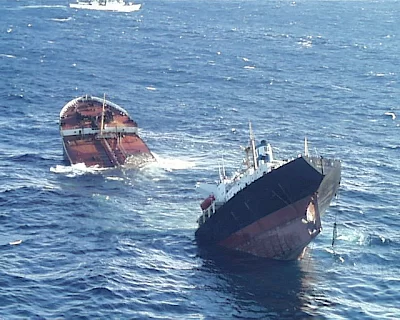
The risk of oil spills will increase in coming years due to demands on space and increases in shipping.
ReadWhat Will We Achieve?
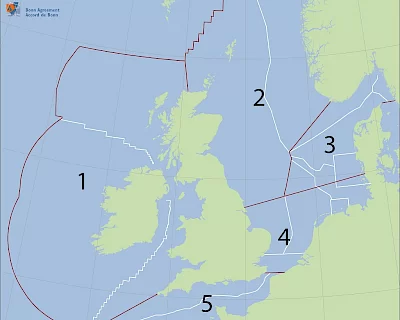
The overall aim of BE-AWARE II was to identify the most effective risk reducing (RRM) and response measures (RM) for the five project sub-regions based upon: the risk and size of oil spills calculated in the BE-AWARE I project, modelling of the outflow of oil from those spills, an environmental and socioeconomic sensitivity analysis and a combined impact assessment.
ReadProject Timeline
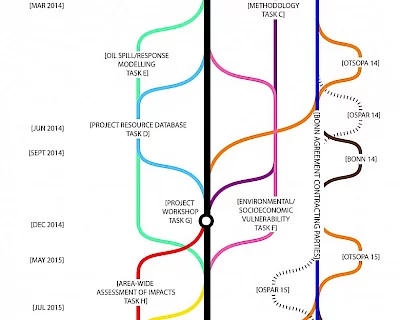
The timeline below outlines how the various BE-AWARE II work packages were linked together and fed into the major project activities such as the method seminar, project workshop and final conference.
ReadSharing What We Learn
BE-AWARE II provided risk management conclusions for the five BE-AWARE sub-regions for consideration by the Bonn Agreement.
ReadFinal Conference
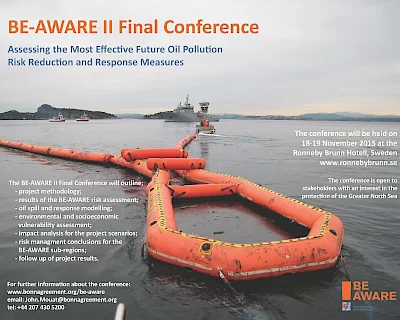
The BE-AWARE II Final Conference was held on 18-19 November 2015 in Ronneby, Sweden.
ReadFinal Report and Data
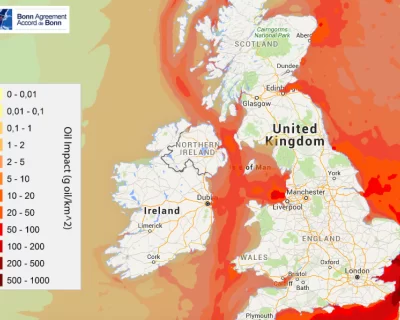
The BE-AWARE II final report is split into five sections: a Summary (or layman's) Report giving the general project results and 4 technical sub reports which cover the key deliverables in more detail.
Read